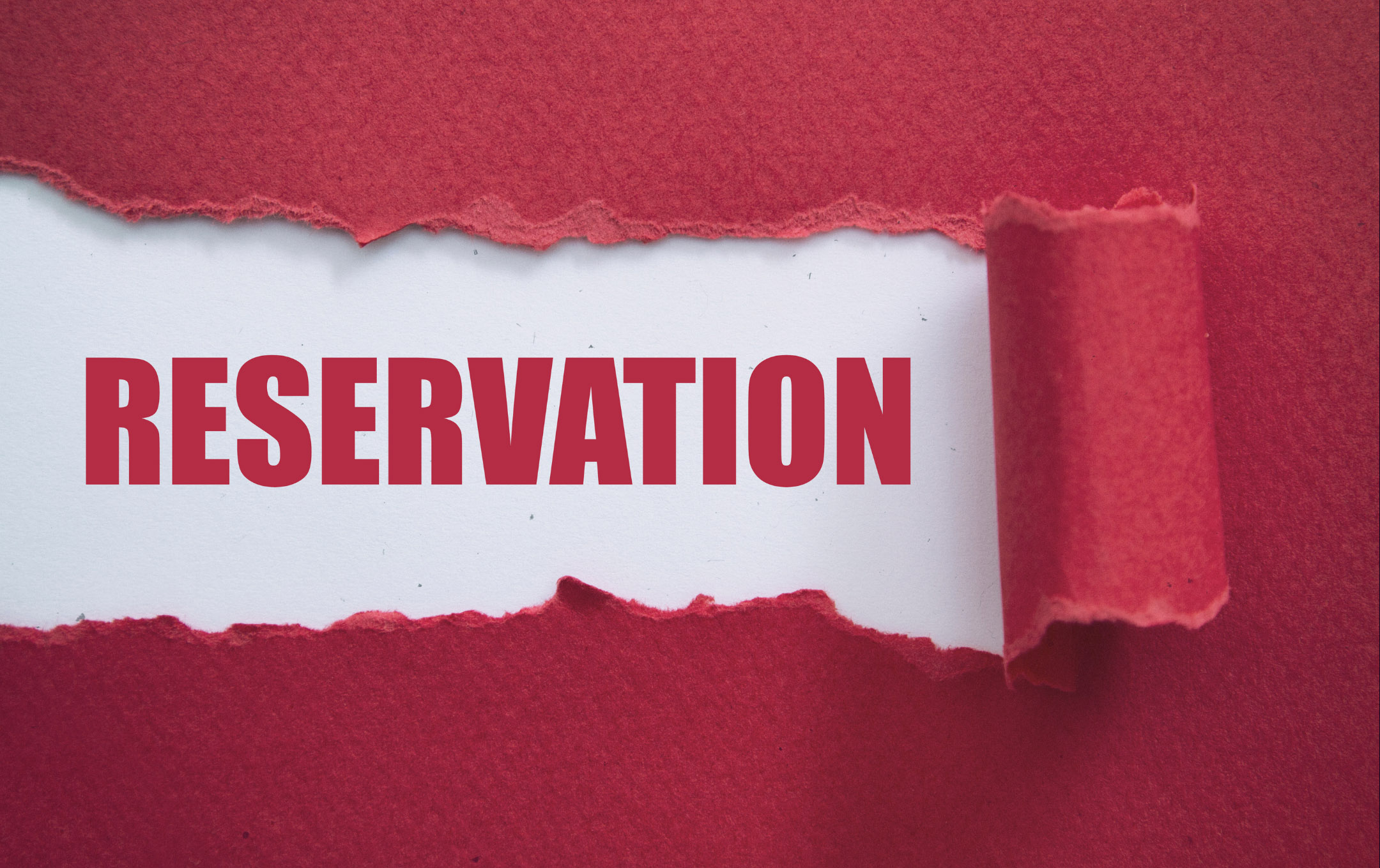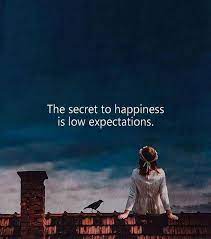Three proposed bills appear to be part of the BJP’s electoral game plan of wooing the Pahari-speaking population in the union territory and consolidating its Hindu vote bank in the Jammu region.
By : Umer Maqbool
The Union government’s proposed bills on quotas in Jammu and Kashmir are being driven by the Bharatiya Janata Party’s ambitious electoral game plan of wooing the Pahari-speaking population in the union territory and consolidating its Hindu vote bank in the Jammu region.
On the other hand, J&K’s quota laws, which were disadvantageous to the Kashmir region even before the imposition of Central rule in June 2018, are becoming heavily loaded in favour of Jammu due to changes effected by the UT’s unelected government in the past four and a half years.
Quota bills
The Union government’s proposed laws on reservation are seen by many as yet another exercise by the ruling party to recast the Union Territory’s politics to its advantage after the delimitation exercise, which increased the Jammu region’s importance in J&K’s electoral politics. The delimitation exercise, which was completed on May 5, 2022, saw an increase of six seats in the Jammu region and only one in Kashmir.
The proposed bills, which are likely to be brought in parliament after the Union cabinet’s approval, are based on recommendations from a three-member committee headed by Justice (retired) G.D. Sharma and comprising Munir Ahmad Khan (a former IPS officer) and Rup Lal Bharati (a former Indian Forest Service officer). The panel was constituted by the Union Territory’s unelected government in March 2020.
Recognising new social groups
As per tentative government business for the 2023 budget session, the Union government plans to introduce three bills in parliament: The Constitution (Jammu & Kashmir) Scheduled Tribes Order (Amendment) Bill, 2023, The Constitution (Jammu and Kashmir) Scheduled Castes Order (Amendment) Bill, 2023 and The Jammu and Kashmir Reservation (Amendment) Bill, 2023.
While the two former bills seek recognition of new groups as Scheduled Tribes and Scheduled Castes, the latter pushes for the rechristening of “Social Castes” as “Other Backward Classes”. A look at social groups and classes benefitting from the proposed bills shows that the BJP is trying to cobble up a social conglomeration for winning elections in Jammu and Kashmir.
The Constitution (Jammu and Kashmir) Scheduled Tribes Order (Amendment) Bill, 2023 pushes for the inclusion of the politically-significant Pahari community and a few other tribes/communities in J&K’s ST list. At the heart of the bill lies the BJP’s ambitious plan of reaching out to Paharis in Jammu’s Pir Panchal region, the only region in J&K where caste faultlines exist due to the Gujjar-Pahari divide. Paharis constitute Muslims, Hindus and Sikhs living in hilly areas of Jammu and Kashmir.
Declaring Paharis as a Schedule Tribe would make them eligible to contest polls on the seats reserved for already notified STs by the delimitation commission. The reason for BJP’s outreach to the Pahari-speaking population in Pir Panchal lies in the fact that they are in a majority in seven out of eight segments of the Pir Panchal region.
While no official headcount is available about the Pahari-speaking population in the Pir Panchal region comprising districts of Rajouri and Poonch, the 2011 census figures of the already notified ST communities reveal that they (Paharis) are in a majority in Nowshera, Kalakote-Sunderbani, Rajouri (ST), Thanmandi (ST), Surankote (ST), Poonch-Haveli and Mendhar (ST). Darhal (ST) is the lone seat in the Pir Panchal region where Paharis are in a minority, as Gujjar-Bakerwals constitute 54% of the population living in the segment.
The BJP has big hopes in Pir Panchal as it managed to win two seats in the region in the 2014 assembly elections. It then won the region’s lone Hindu-majority seat of Nowshera and Muslim-dominated Kalakote seat, where a combination of Gujjar and Hindu votes worked in its favour.
The Pir Panchal region is a Muslim-majority region with a substantial Hindu population. While Rajouri district has 34.54% Hindu population, Poonch has 6.84% population from the community.
Post delimitation, the Pir Panchal region has two Hindu-majority seats – Nowhsera and Sunderbani-Kalakote – and the population of Hindus and Muslims is almost equal in Rajouri.
As part of its plan, the BJP doesn’t want to annoy Gujjar-Bakerwals in the region, who were notified as a ST in 1991 and have substantial population in J&K. It has already made clear to them that their quota in jobs and admissions won’t be affected by declaring the Paharis as STs. “The BJP is doing social engineering in Jammu and Kashmir. The inclusion of Paharis in the ST list is a part of that,” political commentator and senior journalist Zaffar Choudhary told.
The other communities to get ST status in J&K are Paddaris, Gadda Braman and Koli tribes. The grant of ST reservation to Paddaris will benefit the BJP in Kishtwar district, where a predominantly Hindu-majority seat of Padder-Nagseni was carved out in the delimitation exercise. As per the 2011 census figures, Padder sub-division has 83.63% Hindu population, 9.46% Buddhists and 6.84% Muslim population.
The second bill, The Constitution (Jammu and Kashmir) Scheduled Castes Order (Amendment) Bill, 2023, seeks inclusion of the Valmiki community in the list of Scheduled Castes of Jammu and Kashmir. Valmikis, who were considered non-natives in J&K before the August 5, 2019 constitutional changes, were brought to J&K in 1957 by the state government in the wake of a strike by safai karamcharis in Jammu.
The third bill being brought in parliament seeks to rechristen “Weak and Under-privileged Classes (Social Castes)” as “Other Backward Classes”. After parliament approves this Bill, the UT administration will expand the OBC list by adding 15 more communities/classes. West Pakistan refugees and Gorkhas are among the proposed beneficiaries of the expansion of the OBC list. Both were considered as non-natives before the BJP-led government unilaterally read down Article 370.
Interestingly, a majority of the social groups being recognised as OBCs are from Jammu, the region considered a BJP stronghold after Hindu votes shifted towards it in 2014. The new classes being added to the list include Waghey (Chopan), Ghirath/Bhati/Chang community, Jat community, Saini community, Markabans/PonyWalas, Sochi community, Christian Biradari (converted from Hindu Valmiki), Sunar/Swarankar Teeli (Hindu Teeli along with already existing Muslim Teli), Perna/Kouro(Kaurav), Bojru/Decount/Dubdabay Brahmin, Gorkans, Gorkhas, West Pakistani refugees (excluding SCs) and Acharyas.
These new classes/communities are being enlisted in the OBC list on recommendations of the G.D. Sharma panel. Talking, BJP’s J&K general secretary, organisation Ashok Koul said that ST status was a longstanding demand of Paharis in J&K. He said that more marginalised classes are being added to the OBC list on the recommendations of the G.D. Sharma panel.
On being asked whether the Jammu region is being favoured in the OBC list, he said that there is no regional or religious bias in it.
Reservation laws becoming more disadvantageous to Kashmir
The proposed changes in the reservation laws and rules would benefit the Jammu region more than Kashmir. More than 60% of the population of Paharis and all members of Paddaris, Gadda Brahman and Koli communities live in the Jammu region. Among the 15 new social groups being added to J&K’s social caste list (OBC), 12 are from Jammu. The Jammu region has been the main beneficiary of reservation laws even before imposition of Central rule in J&K in 2018.
A quick calculation of the population benefitting from the existing reservation laws and rules in UT shows that Jammu was at an advantageous position even before the imposition of the current spell of Central rule in J&K. It has gained a more advantageous position due to changes effected by the bureaucratic administration running the UT’s affairs.
With the imposition of Governor’s rule in the erstwhile state in June 2018, the decision-making powers shifted from an elected government to the bureaucratic administration headed by governors (June 19, 2018 to October 30, 2019) and Lieutenant Governors (from October 31, 2019 till date).
A look at the region-wise population catered to by the reservation laws shows that the Jammu region has been at an advantageous position. As per J&K’s reservation rules, 8% jobs and admissions in professional colleges are reserved for SCs. The Jammu region is the lone beneficiary of the SC reservation as the Muslim-majority Kashmir region doesn’t have an SC population.
According to the 2011 census, Jammu has 99.27% of J&K’s SC population (9,17,724 people), while Kashmir has the other 0.73% (6,761 people). Even this 0.73% SC population is non-native.
In the UT, the existing Schedule Tribes, mainly Muslims, have a 10% quota in jobs and admissions in professional colleges. In this category, the Jammu region is again major beneficiary as 63% of the UT’s ST’s population lives in the region. As per the last census exercise, out of 12,75,106 STs living in J&K, 8,10,800 are in Jammu and 4,64,306 in Kashmir.
The 4% reservation for the Pahari-speaking population from 2020 onwards caters more to the Jammu region. While the Pahari-speaking population was not counted in the 2011 census, a population survey of the community in 2018 shows that 63% of Paharis live in Jammu and 37% in Kashmir.
The survey carried out by the State Advisory Board for the Pahari-speaking population shows that 10,22,982 Pahari-speaking people live in J&K. Of this, 6,36,523 people live in Jammu and 3,86,459 in Kashmir.
The 4% quota in jobs and admissions to the residents of areas adjoining the Line of Control and the International Border (LoC/ILB) is mainly catering to the Jammu region. Before the imposition of Central rule in Jammu and Kashmir, only residents of the areas adjoining the LoC had reservations in jobs and admissions. But after the imposition of the Central rule in 2018, these benefits were extended to the residents of villages in the vicinity of the International Border in Jammu, Samba and Kathua districts.
At present, only 12 villages from Kashmir are benefitting from the LoC/IB category and 834 in Jammu (551 IB, 283 LoC). The Social Caste (OBC) category reservation would also tilt in favour of Jammu when recommendations made by the G.D. Sharma panel are implemented.
Adding to the disadvantageous position of the Kashmir Valley in the reservation rules was a cut in the quota of the Reserved Backward Area (RBA) category in May 2020 by the then LG G.C. Murmu-led administration. The move affected Kashmir more than Jammu despite the fact that the number of villages figuring in the category from both regions is almost equal. The halving of the RBA quota (from 20% to 10%) has hit Kashmir more than Jammu, as dwellers of the latter benefit significantly from other quota categories.
The skewed reservation laws in J&K have begun to show their effect: only 32 candidates from Kashmir figured in the list of 181 selectees of J&K’s topmost civil service examination, the results of which were declared last month by the Public Service Commission. Former chairman of the Jammu & Kashmir Public Service Commission Lateef-ul-Zaman Deva said that reservation in jobs and admissions is heavily loaded in favour of Jammu due to factors like population.
He said the government should have added new classes/communities in the OBC list on the basis of a socio-economic survey. “Normally, the new additions should have been made on the basis of an economic survey. They should have done the exercise to find out their socio-economic conditions. In the absence of the exercise by the concerned appropriate authority, they have gone merely on the basis of a report obtained by the commission from deputy commissioners and included castes/classes which are mostly from Jammu division,” he said. Source





